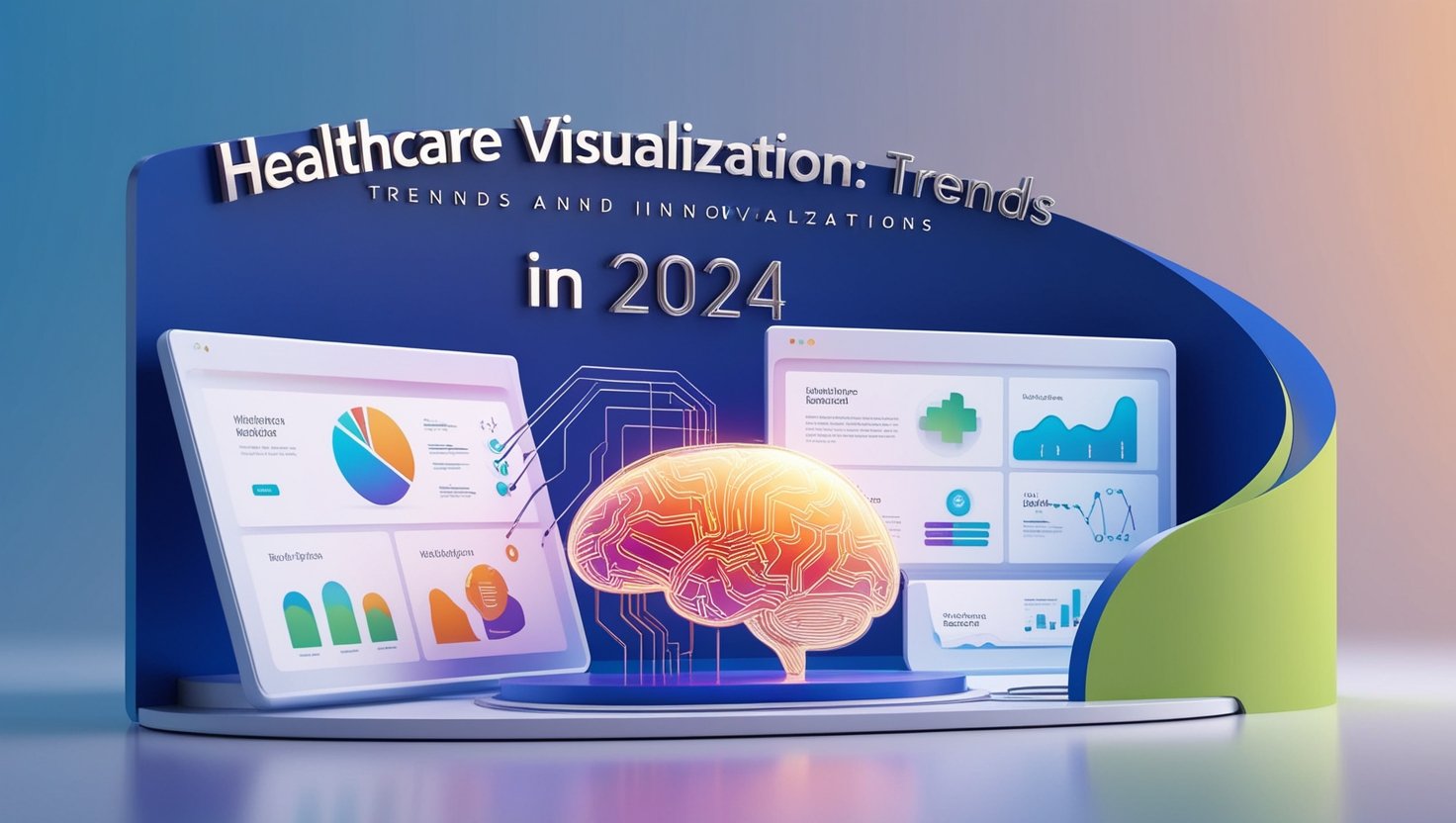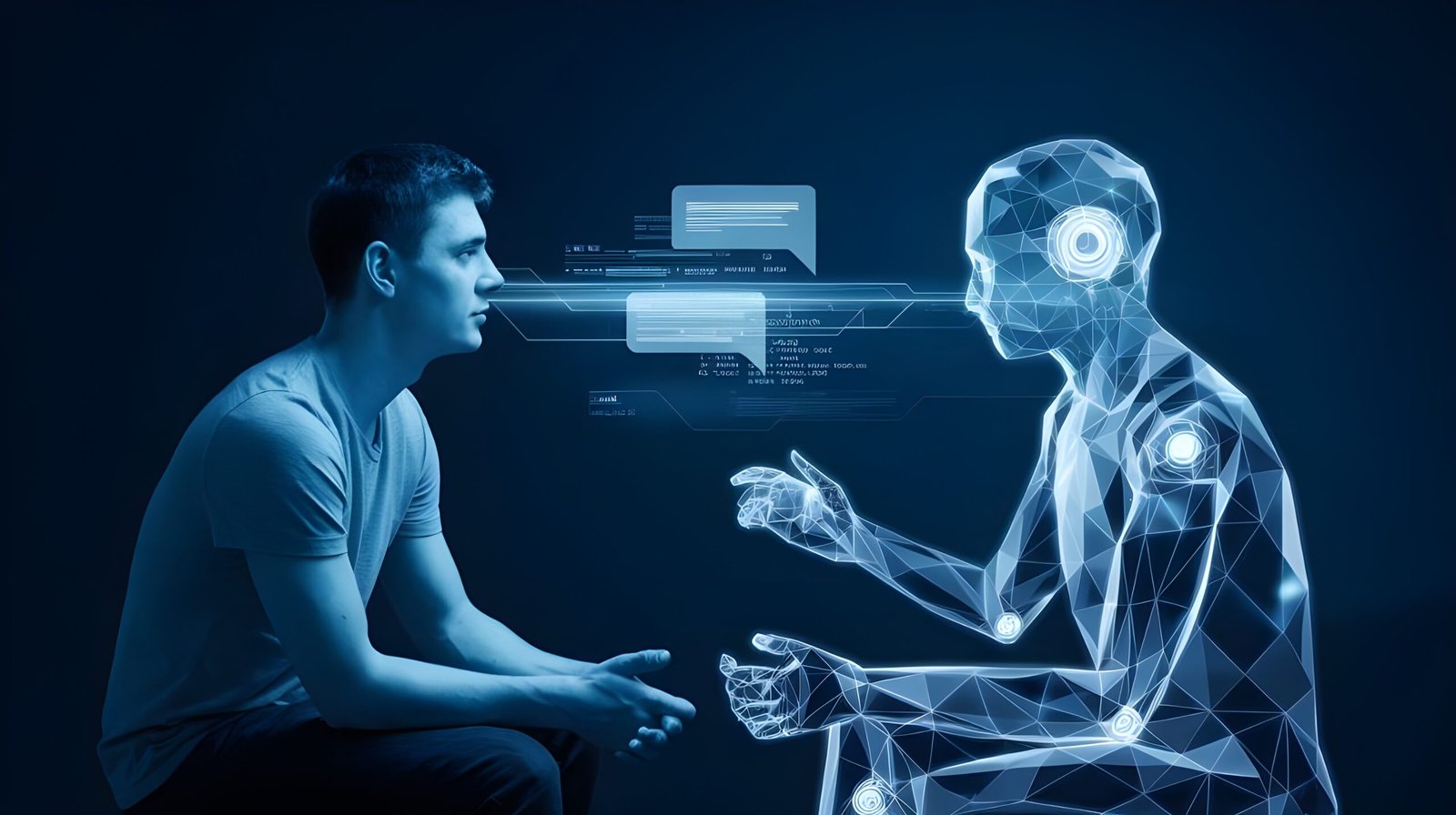In 2024, healthcare is experiencing a transformative shift driven by the integration of advanced visual communication technologies. From augmented reality (AR) in medical training to AI-driven imaging systems, the landscape of healthcare visualization is evolving rapidly. This blog explores the latest trends and innovations in visual communication within the healthcare industry, highlighting how these advancements are improving patient care, enhancing medical education, and driving innovation across the sector.
The Rise of Augmented Reality in Healthcare
AR in Medical Training and Education
Augmented Reality (AR) has emerged as a powerful tool in medical training and education. AR allows medical students and professionals to visualize complex anatomical structures and surgical procedures in a 3D space. By overlaying digital information onto the real world, AR enhances the learning experience, making it more interactive and engaging.
For instance, AR-based applications like HoloLens by Microsoft enable medical professionals to interact with 3D models of the human body, offering a hands-on approach to learning. This technology allows for a deeper understanding of human anatomy, as students can explore different layers of tissues, organs, and systems in real-time Microsoft HoloLens in Healthcare.
AR in Surgery
Beyond education, AR is making significant strides in surgical procedures. Surgeons are using AR to improve precision during operations. By overlaying digital images of a patient’s anatomy onto their body, AR assists surgeons in navigating complex procedures with greater accuracy. This reduces the risk of complications and enhances patient outcomes.
A notable example is the use of AR in orthopedic surgeries, where surgeons can visualize bones and implants in 3D before making any incisions. This technology ensures that the surgical plan is executed with minimal error, leading to faster recovery times and improved patient satisfaction.

AI-Driven Imaging Systems
Enhancing Diagnostic Accuracy
Artificial Intelligence (AI) is revolutionizing medical imaging by providing faster and more accurate diagnoses. AI-driven imaging systems can analyze vast amounts of data and detect patterns that may be missed by the human eye. This technology is particularly beneficial in detecting early signs of diseases such as cancer, where early intervention can significantly improve patient outcomes.
For example, AI algorithms are being used to analyze mammograms for early detection of breast cancer. These algorithms can identify abnormalities with a higher degree of accuracy than traditional methods, leading to earlier and more effective treatments AI in Mammography.
AI in Radiology
Radiology is another area where AI is making a substantial impact. AI-powered tools are assisting radiologists in interpreting medical images more efficiently. By automating routine tasks, AI allows radiologists to focus on more complex cases, improving overall productivity and patient care.
One such innovation is the use of AI to enhance MRI and CT scans. These advanced imaging techniques generate detailed images of the body’s internal structures, which AI can analyze to identify potential issues. This not only speeds up the diagnostic process but also reduces the likelihood of human error AI in Radiology.
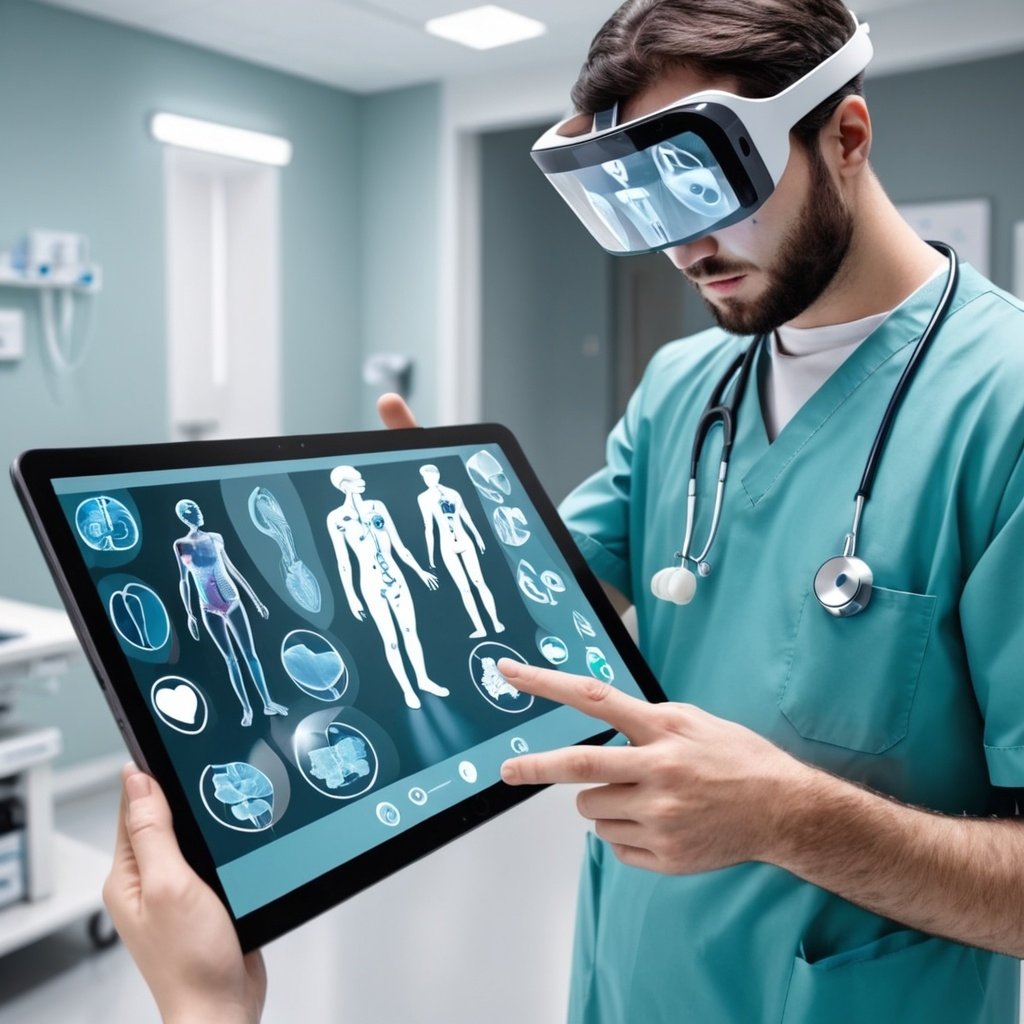
Virtual Reality in Patient Care and Rehabilitation
VR in Pain Management
Virtual Reality (VR) is gaining traction as an innovative tool for pain management. By immersing patients in a virtual environment, VR can distract them from pain and anxiety during medical procedures. This is particularly effective for pediatric patients, who may experience high levels of stress during treatments.
For instance, VR has been successfully used to manage pain during burn wound care. Patients are transported to a calming virtual environment, such as a serene beach, which helps reduce their perception of pain and discomfort.
VR in Physical Rehabilitation
VR is also being utilized in physical rehabilitation to enhance patient engagement and improve outcomes. Patients recovering from injuries or surgeries can use VR to participate in interactive exercises that promote movement and coordination. This technology makes rehabilitation more enjoyable and motivating, leading to better adherence to therapy protocols.
A key example is the use of VR in stroke rehabilitation. Patients can engage in virtual activities that mimic real-life tasks, helping them regain motor skills and independence more effectively than traditional methods.
3D Printing in Healthcare Visualization
Customized Implants and Prosthetics
3D printing is transforming healthcare by enabling the creation of customized implants and prosthetics tailored to individual patients. This technology allows for precise replication of a patient’s anatomy, ensuring a perfect fit and better functionality.
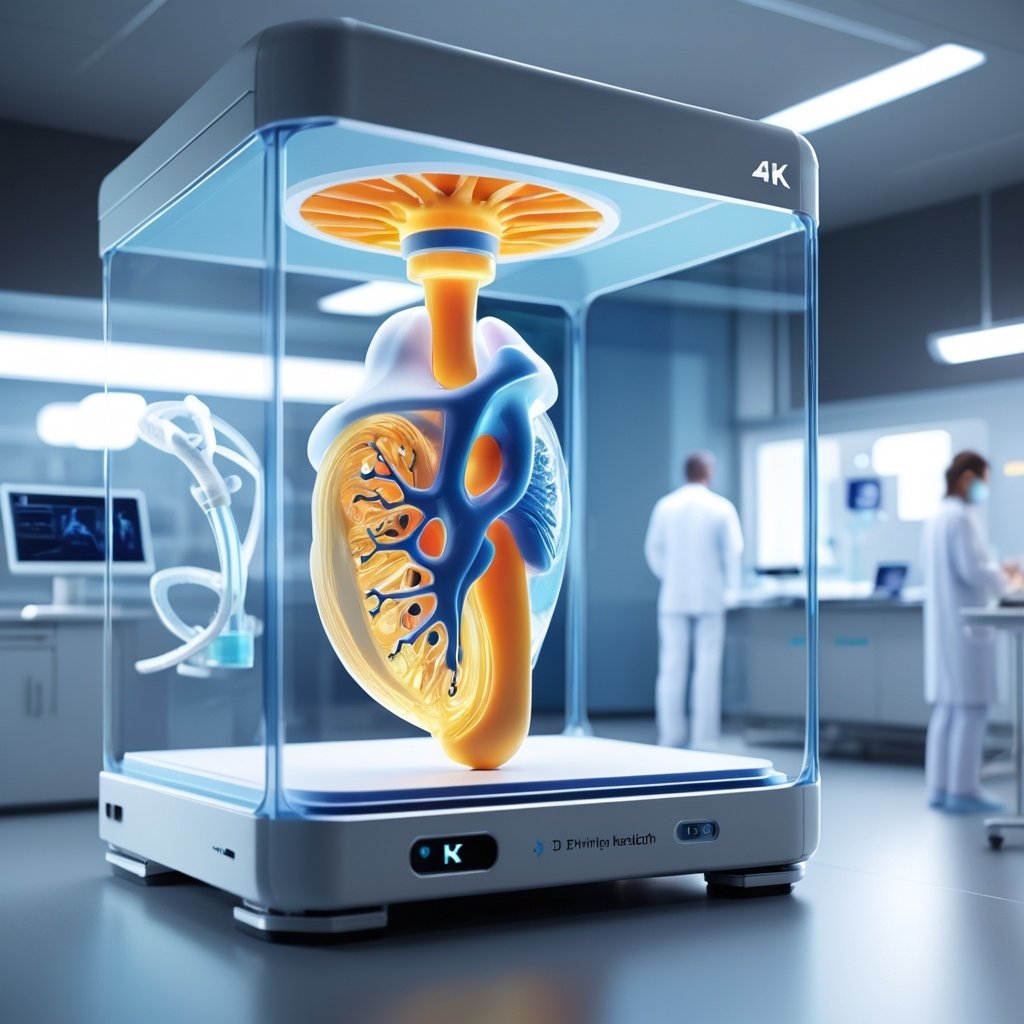
One of the most significant advancements in 3D printing is the ability to create patient-specific implants. For example, 3D-printed orthopedic implants can be designed to match the exact shape and size of a patient’s bone structure, reducing the risk of complications and improving recovery times 3D Printing in Orthopedics.
Surgical Planning and Simulation
3D printing is also being used in surgical planning and simulation. Surgeons can create 3D models of a patient’s anatomy based on imaging data, allowing them to plan and practice complex procedures before entering the operating room. This reduces the likelihood of errors and enhances surgical precision.
For example, 3D-printed models of a patient’s heart can be used to plan intricate cardiac surgeries. By simulating the procedure on a 3D model, surgeons can identify potential challenges and refine their approach, leading to better outcomes.
The Future of Healthcare Visualization: Trends to Watch
Telemedicine and Remote Monitoring
Telemedicine has become increasingly important in healthcare, and visual communication plays a crucial role in its effectiveness. Advances in video conferencing technology, combined with high-resolution imaging, enable healthcare providers to deliver remote consultations and monitor patients from a distance.
In 2024, we can expect further integration of telemedicine with AI-driven diagnostic tools and AR-based visualization. This combination will allow for more comprehensive remote care, particularly in rural and underserved areas where access to healthcare is limited.
Data Visualization and Predictive Analytics
The healthcare industry generates vast amounts of data, and effective visualization of this data is essential for making informed decisions. In 2024, we will see more sophisticated data visualization tools that leverage AI and machine learning to provide real-time insights into patient health, treatment outcomes, and disease trends.
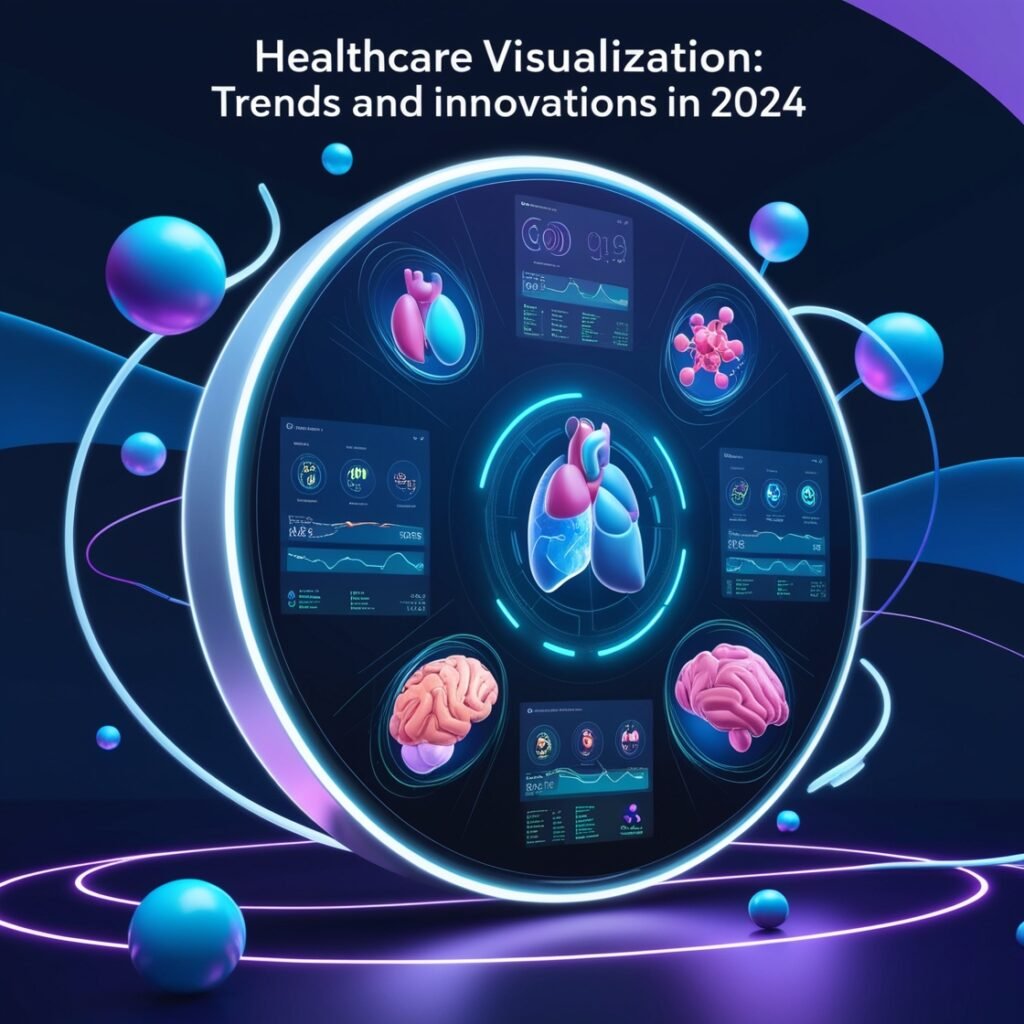
Predictive analytics, powered by advanced visualization, will play a critical role in identifying at-risk patients and preventing adverse health events. For example, by visualizing trends in patient data, healthcare providers can predict outbreaks of infectious diseases and implement preventive measures.
Conclusion
The healthcare industry is on the cusp of a visual communication revolution. In 2024, innovations in AR, VR, AI-driven imaging, 3D printing, and data visualization are transforming how healthcare is delivered, improving patient outcomes, and enhancing the efficiency of medical professionals. As these technologies continue to evolve, they will play an increasingly vital role in shaping the future of healthcare.
The integration of these cutting-edge tools not only enhances the accuracy and effectiveness of medical treatments but also makes healthcare more accessible and personalized. As we move forward, the continued adoption of these technologies will be essential in addressing the challenges of modern healthcare and improving the quality of life for patients worldwide.
Explore our AI articles
How Leading Brands Can Benefit from Virtual Reality in Marketing by 2030 – Studio Image Works
The Rise of Mixed Reality: Merging virtual and real worlds (studioimageworks.com)
The Future of Virtual Reality: What 2024 Has in Store for Businesses (studioimageworks.com)


